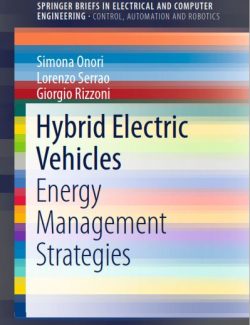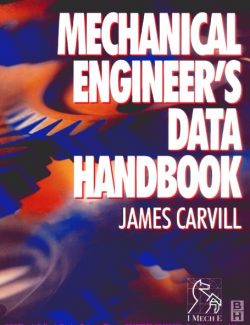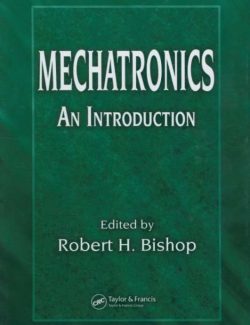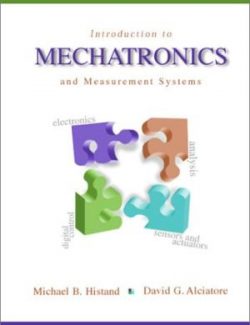Description
This text by Shetty and Kolk, blends the pertinent aspects of mechatronics–system modeling, simulation, sensors, actuation, real-time computer interfacing, and control–into a single unified result suitable for use in the college-level mechatronic curriculum.
Students are introduced to all the topics needed to develop a good understanding of the basic principles used in mechatronics technology through the use of examples, problems and case studies, all of which can be quickly and affordably assembled and investigated in laboratory settings.
Core aspects are combined with practical industrial applications and are presented in an opitimal way for understanding. The book features extensive coverage of the modeling and simulation of physical systems made possible by block-diagrams, the modified analogy approach to modeling, and state-of-the-art visual simulation software.
A collection of case studies drawn from a variety of industries (complete with parts, lists, setup, and instructions) are used to support the authors’ applied, design-oriented approach. Readers of this text will be equipped with all the tools necessary to plan, test, and implement a well-designed mechatronic system.









Leave us a comment
No Comments